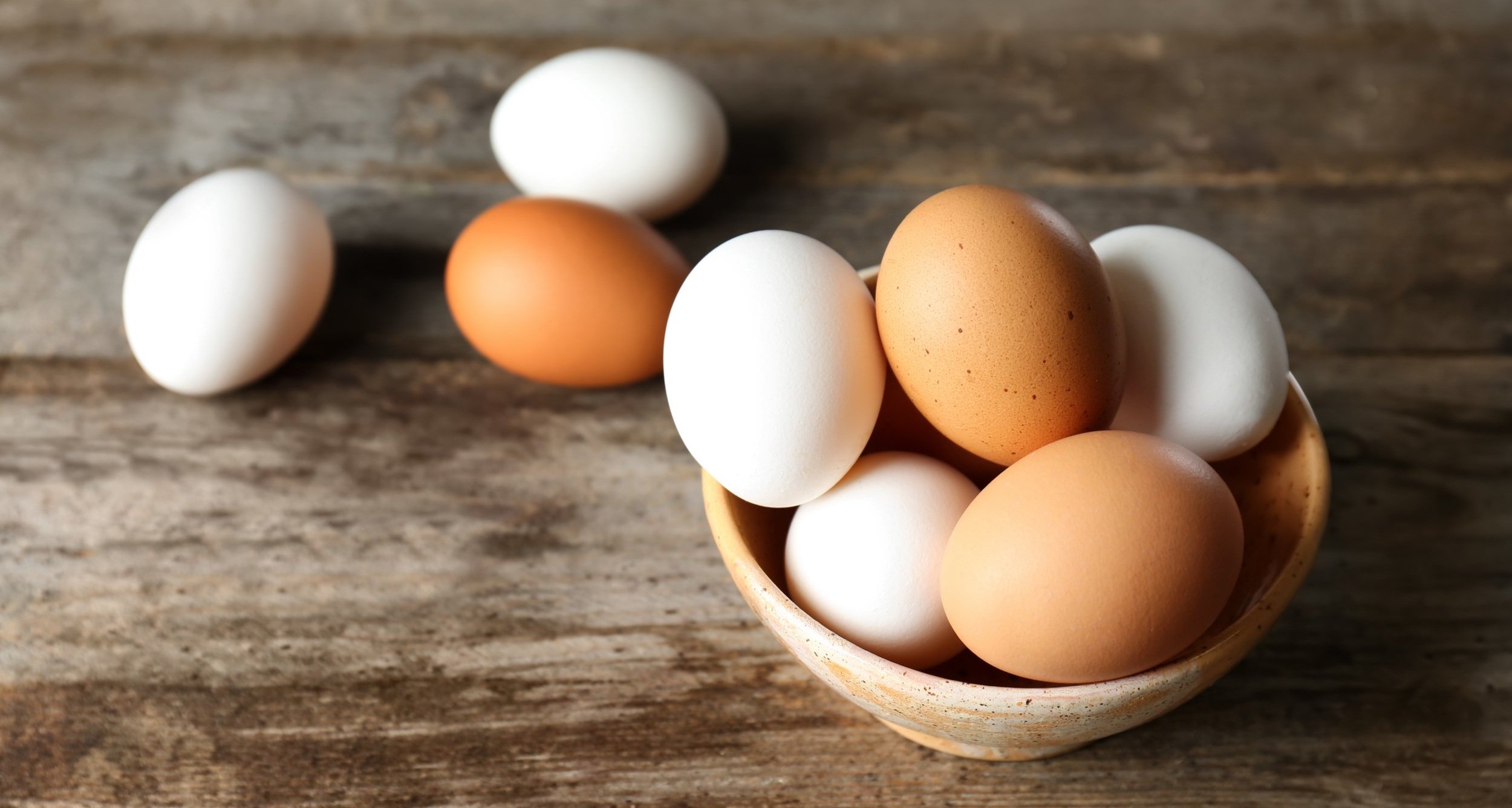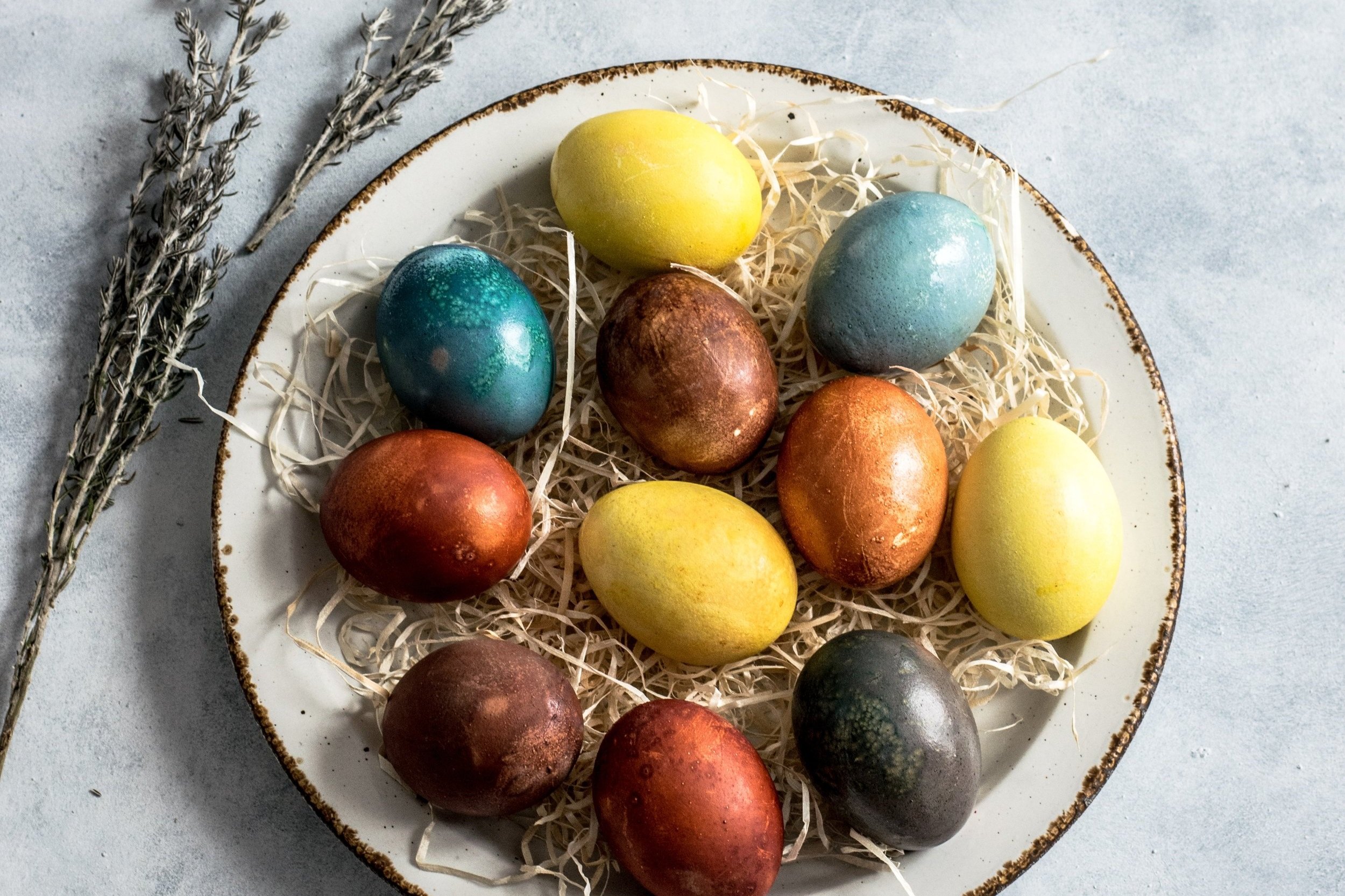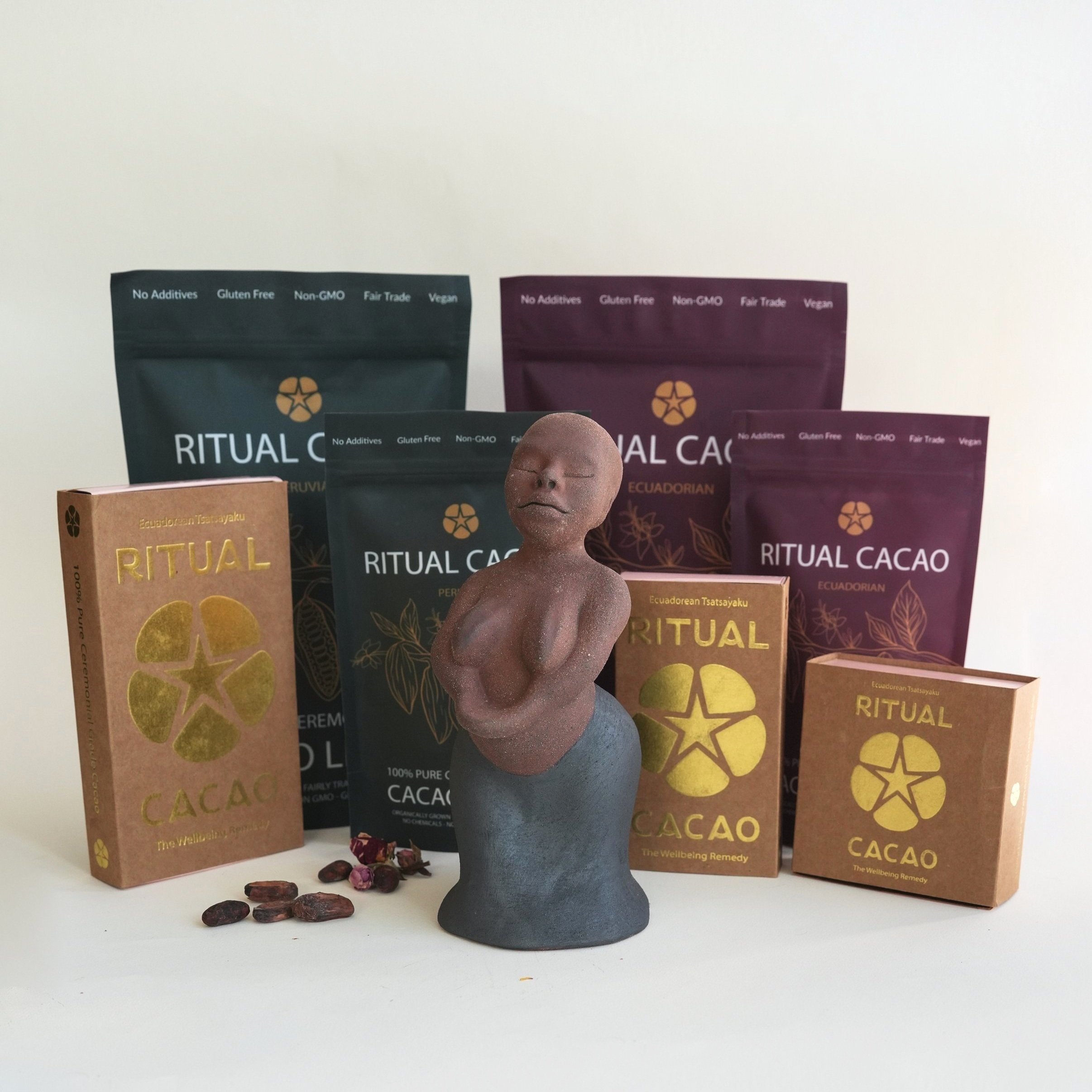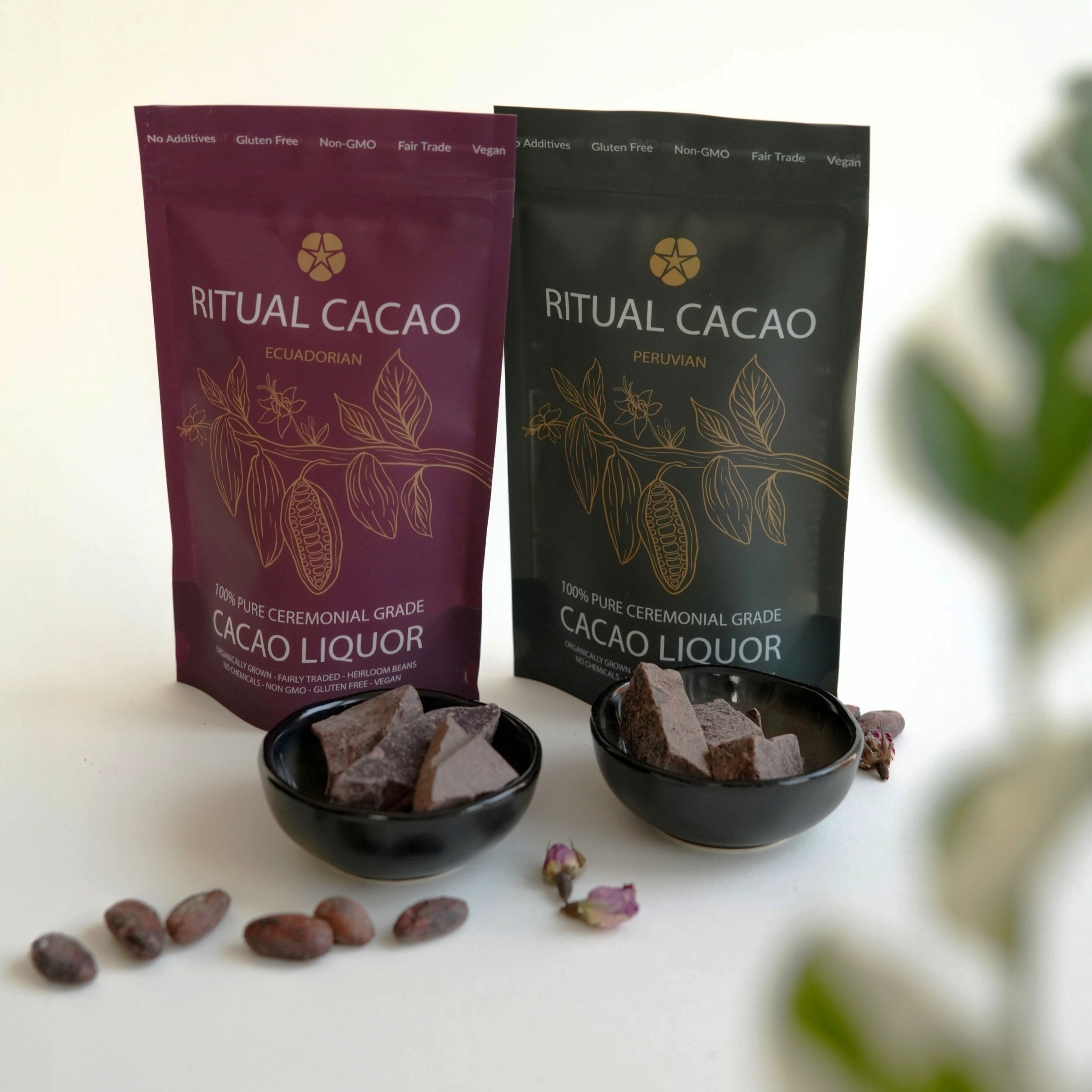Why give chocolate eggs at Easter?
Throughout history, Easter time has been celebrated by cultures all over the world as a period of fertility, renewal and rebirth.
Today, the Christian holiday known as Easter represents the death and resurrection of Jesus, yet for centuries previously, pagan festivals were held at this time of year to herald the start of spring.
In this blog, we’re cracking open the symbol of the egg to explain why it’s so relevant to this season, and more importantly, what it has to do with chocolate!
Easter’s pagan roots
Many modern symbols of Easter, including the egg and the bunny, have their roots in paganism. Rabbits were symbols of sexual potency and fertility, while the delicate egg represents the beginning of new life and was often thought to have magical powers.
In pagan times, eggs would be buried under the foundations of buildings to ward off evil spirits, brides would step on an egg before crossing the threshold of their new home for good luck, and eggs were gifted to young couples as blessings of fertility.
The word ‘Easter’ can also be traced back to the names of ancient fertility goddesses, for whom festivals were held at the time of the spring equinox. These include the Germanic goddess Ēostre, the Norse goddess Ostara, the Phoenician goddess Astarte, and the Assyrian goddess Ishtar.
Giving eggs at Easter
For centuries, people have decorated and gifted real eggs to friends and family as blessings for the spring equinox and later for Easter week, which were sometimes painted red to signify the blood of Christ – a tradition which still continues to this day.
The Victorians adapted the custom by developing satin-covered cardboard eggs which they filled with Easter gifts and chocolates, and at around the same time, the first chocolate eggs began to appear in Europe. Yet without milk chocolate or a process for moulding hollow eggs, these first chocolate Easter gifts were solid, dark and a far cry from the Easter eggs we know and love today.
The first hollow chocolate egg was produced by British chocolatiers JS Fry & Sons in 1873. Two years later, milk chocolate was invented by the Swiss chocolatier Daniel Peter, and Cadbury began producing Easter eggs on a large scale. Chocolate eggs – often wrapped in brightly coloured foil, reminiscent of the Victorians’ shiny satin egg coverings – have been a favourite Easter gift ever since.
Chocolate Easter eggs today
It’s estimated that we buy and consume around 80 million Easter eggs each year in the UK, and that the average child will consume 8 eggs and around 8,000 calories over Easter. Yet most conventional chocolate eggs are filled with additives, preservatives, artificial flavourings and LOTS of sugar, and most come packaged in single use plastic. That’s on top of the concerning claims that broke this week of Cadbury’s using child and slave labour, and sadly still exists within the supply chains of many major chocolate brands today.
So if you’re going to buy chocolate eggs this Easter, why not choose fair trade and ethical ones, or you could even consider making your own. Look out for our Easter fertility ritual later this month, which includes a recipe for delicious homemade Easter eggs using pure organic Ritual Cacao.
Whatever your plans, we wish you all a happy and abundant Easter!
Love from Rebekah and the Ritual Cacao team x
Our Cacao is; wild-harvested, non-gmo and no additives, fair-trade, gluten free and vegan! If you’re unsure which Cacao to go for, try our Taster Pack below or pick up your very own Cacao goddess this Easter….
Sources:
https://en.wikipedia.org/wiki/Easter_egg
https://www.chocolatetradingco.com/magazine/features/history-chocolate-easter-eggs
https://www.statista.com/chart/3372/easter-in-the-uk-by-the-numbers/
https://moralfibres.co.uk/best-fair-trade-ethical-easter-eggs/
https://www.channel4.com/programmes/cadbury-exposed-dispatches/on-demand/71999-001





